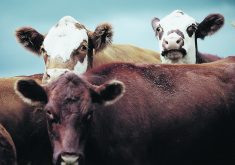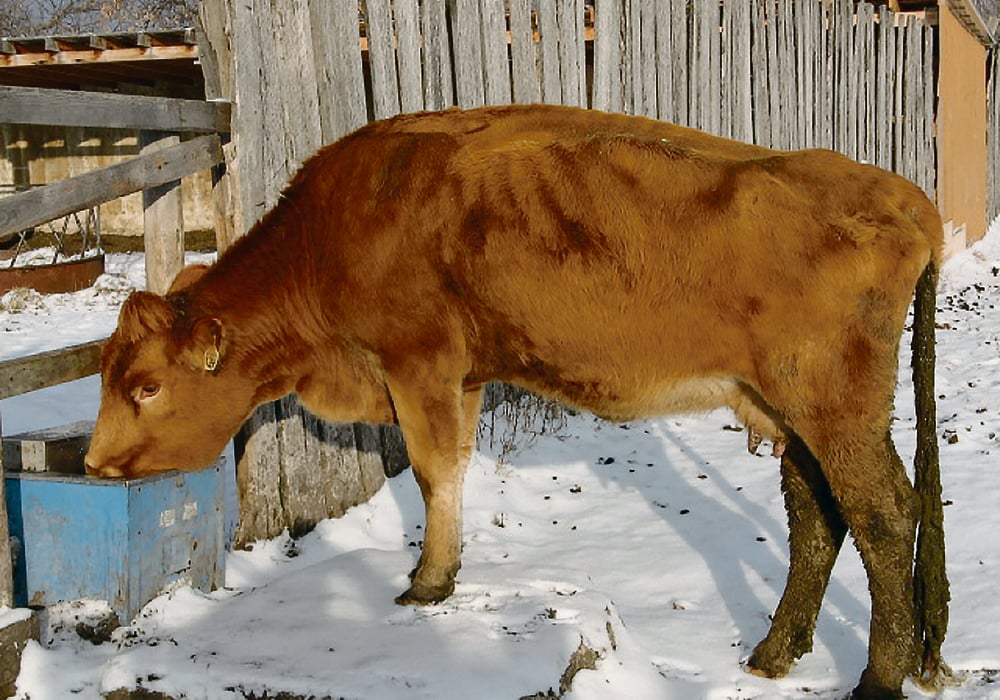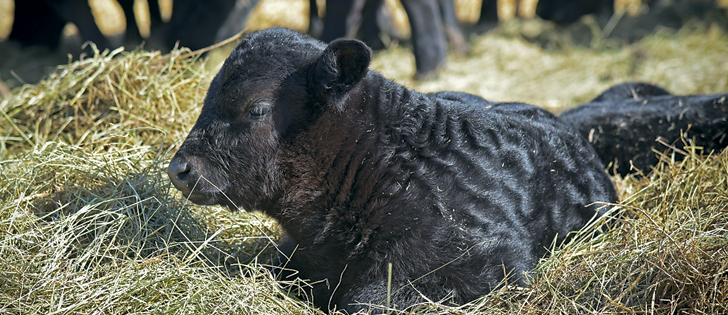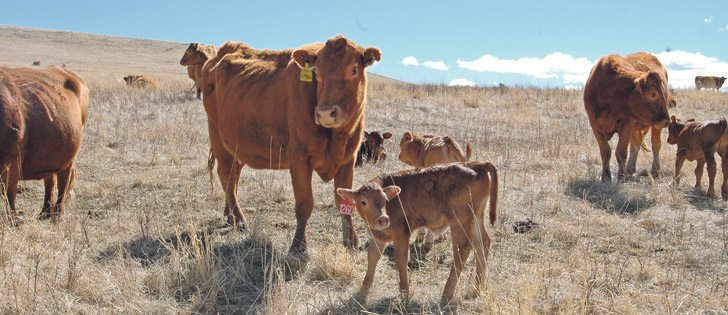Universities of Calgary and Saskatchewan both developing vaccines, and there are plans to see if they can be combined
Researchers at the University of Calgary are one step closer to introducing a vaccine that will help dairy producers combat Johne’s disease in cattle.
While Johne’s disease — an ailment closely related to tuberculosis — can be found in all ruminants, it is particularly high in dairy cattle. As much as 50 percent of Alberta’s dairy cattle may be infected, compared to 15 percent of beef cattle.
That situation is believed to be connected to herd management techniques of beef versus dairy herds and the primary transmission vector through fecal matter.
Read Also

Feds propose overhaul of chronic wasting disease control program
Chronic Wasting disease control program getting updated by Canadian Food Inspection Agency with feedback encouraged from producers.
Johne’s is linked to decreased milk production and, in the worst outbreaks, can lead to culling of a herd.
Razieh Eshraghi Samani, researcher at the University of Calgary’s Faculty of Veterinary Medicine, said Johne’s symptoms usually only appear two to five years after infection, causing what’s called an iceberg effect.
“The animals having symptoms are in low numbers but the whole problem is bigger and there are probably more animals infected in the herd that you don’t see,” she said.
Samani said control measures such as the vaccine her team has developed to inoculate herds could greatly reduce impacts.
“There are vaccines across the world but none of them are approved for use in Canada because they have some shortcomings,” said Samani. “They don’t eliminate the bacteria; they just postpone the symptoms.”
The U of C’s vaccine prevents infection and spread of the disease, she said, while also tackling the most common version of the bacteria that causes Johne’s in Canada.
There will also be benefits to the beef cattle industry by increasing the quality of the meat and slowing the rates of infection. As well, the vaccine can combat different strains of the bacteria, Samani said.
However, dairy producers will feel the most immediate economic benefits.
“If this vaccine prevents infection, it will prevent the economic burden on the dairy industry,” said Samani. “It can prevent the reduction in milk production, prevent lack of fertility, increase the carcass quality at slaughter.”
The vaccine is still being developed. The next step is to see if it can be combined with a Johne’s vaccine being developed at the University of Saskatchewan, said Samani.
“If our vaccine can be mixed with the other vaccine, they can have complementary benefits and maybe fully protect animals,” she said.
But commercial access to the vaccine is still at least a couple years away.
“This is not something that’s coming tomorrow or next week or next year but we can see that there is some promising results,” said Samani.
















